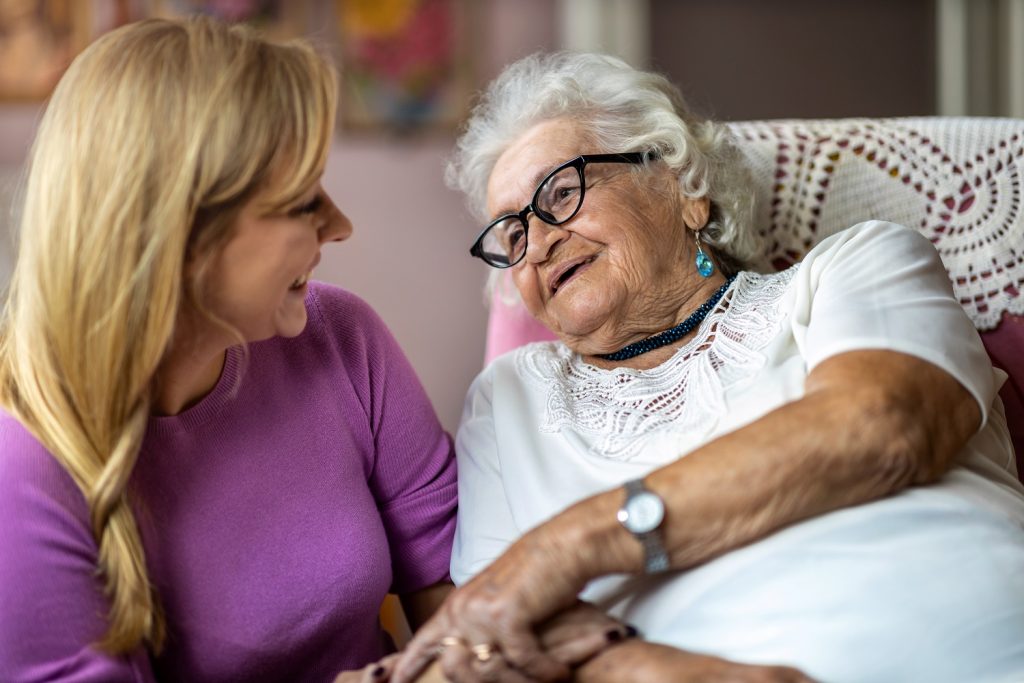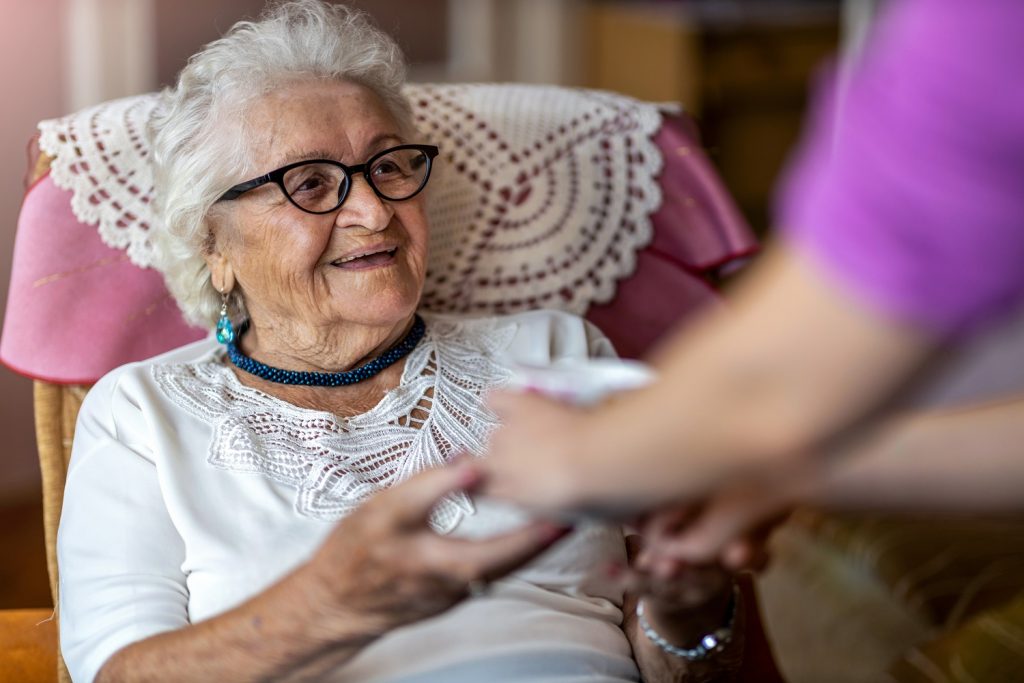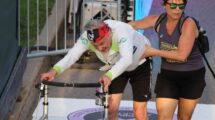Caring for Your Loved One’s Skin
If you’re an informal caregiver for your mom, dad or other beloved senior, make prevention of pressure injuries or bedsores a priority.
By Deanna Lundstrom

As a person ages, skin becomes more susceptible to injuries and damage. Skin doesn’t heal as quickly as it once did due to fragility, dryness, loss of elasticity and other factors.
Pressure injuries or bedsores happen when a person sits or lies in a position for long periods, and the pressure of the surface on the skin results in damage. These injuries may be more common over bony parts of the body such as the hips, heels, tailbone, elbows and ankles. If they become severe, these injuries can be challenging to treat and take longer to heal. The results can even mean life-threatening skin, blood and bone infections.
Reducing avoidable pressure injuries begins with careful observation of the skin and frequent repositioning, which may be a challenge, especially for someone who cannot turn themselves or for family caregivers who cannot easily reposition their loved ones.
Many caregivers, be it family members, friends, or partners, may have had little to no training or experience navigating care-specific medical concerns before stepping into their role. Fortunately, there are growing resources, products and technologies to educate, provide support and help prevent skin injuries at home.

Some of these resources include education pamphlets that offer guidance on how to change or remove a bandage and how to examine pressure injuries. They also offer helpful prevention tips for caregivers on skin care, moisture management, proper nutrition, and pressure reduction and movement.
Wound Care Canada is one example. The organization has created a Care at Home series offering various guides for specific care. These guides outline step-by-step instructions on how to prevent a pressure injury from developing or treat an existing one.
Reducing the prevalence of avoidable pressure injuries begins with careful observation of the skin and frequent repositioning. In addition to learning about the stages of skin injury, some products help prevent them.
Some examples include:
-Advanced heel protectors to help reduce friction, create cushioning and allow for airflow and easy monitoring.
-Foam wedges that provide patients with firm support and help caregivers with repositioning.
-Scientifically formulated products for topical cleansing, moisturizing, barrier creation and prevention of irritation of at-risk skin, with active ingredients that speed healing.
-Special moisture-wicking pads to help promote dryness and comfort.
-New transparent bandages to help cushion and protect while providing a clear view of skin and decreasing the need for dressing changes.
Preventing pressure injuries is critical, and today it’s a concern that reaches beyond institutional care settings. As more and more seniors clearly express their desire to live at home as their age advances, it’s becoming increasingly important that designated caregivers are equipped with the tools and strategies to ensure optimal care at home.
For more information on skin-health and wound-care advancements, visit www.medline.ca.
Deanna Lundstrom is the national clinical leader, advanced wound care, for Medline Canada Corporation. She provides program and resource development and clinical expertise support for healthcare clients.






